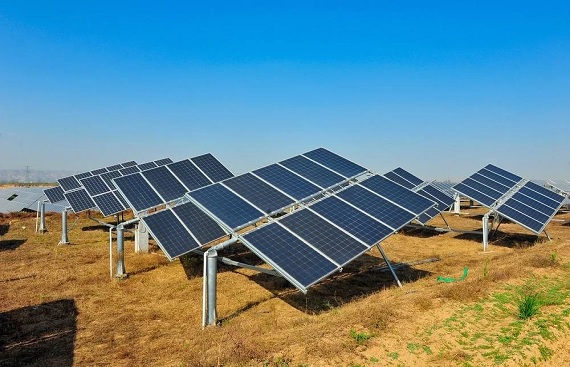Scientists Explore Structural Shifts in Perovskites for Renewable Energy
By
siliconindia | Monday, 11 March 2024, 13:44 Hrs

A group of Indian scientists has investigated the precise atomic rearrangements occurring during the phase transitions of lead iodide perovskites under varying temperature and pressure conditions. The study, led by Professor Pratap Vishnoi and Professor C.N.R. Rao from the Jawaharlal Nehru Centre for Advanced Scientific Research (JNCASR) in Bengaluru, reviews current knowledge gaps and recent advancements in hybrid lead iodide perovskites. Published in the Journal of Materials Chemistry A by the Royal Society of Chemistry, the research focuses on understanding the effects of these atomic rearrangements on optoelectronic properties, aiming to contribute to more efficient renewable energy generation.
Lead iodide perovskites, despite exhibiting higher energy conversion efficiency than commercial silicon-based solar cells, are known for their lack of inherent stability. The researchers emphasize that these materials undergo different structural changes, or 'phase transitions,' even under similar conditions. Shifts in temperature and pressure can easily alter their crystalline structure, affecting their physical properties and reducing performance.
Professors Vishnoi and Rao conducted a comprehensive review of over a hundred publications, examining existing literature on reported phase transitions and crystal structures of lead iodide perovskites. Their focus was on evaluating the results of these studies and the experimental methodologies employed. The review underscores the strengths and limitations of commonly used techniques, such as X-ray and neutron diffraction.
The study also delves into the issue of chemical instability in lead iodide perovskites, specifically addressing how and why these materials decompose when exposed to humid air. The researchers expressed optimism that further investigations into lead iodide perovskites, as well as other hybrid perovskite types, may lead to advancements in renewable energy generation. They suggest that if the instability challenges are effectively addressed, lead iodide perovskites could prove to be excellent materials for solar cells, particularly due to their ability to be processed into thin films.
